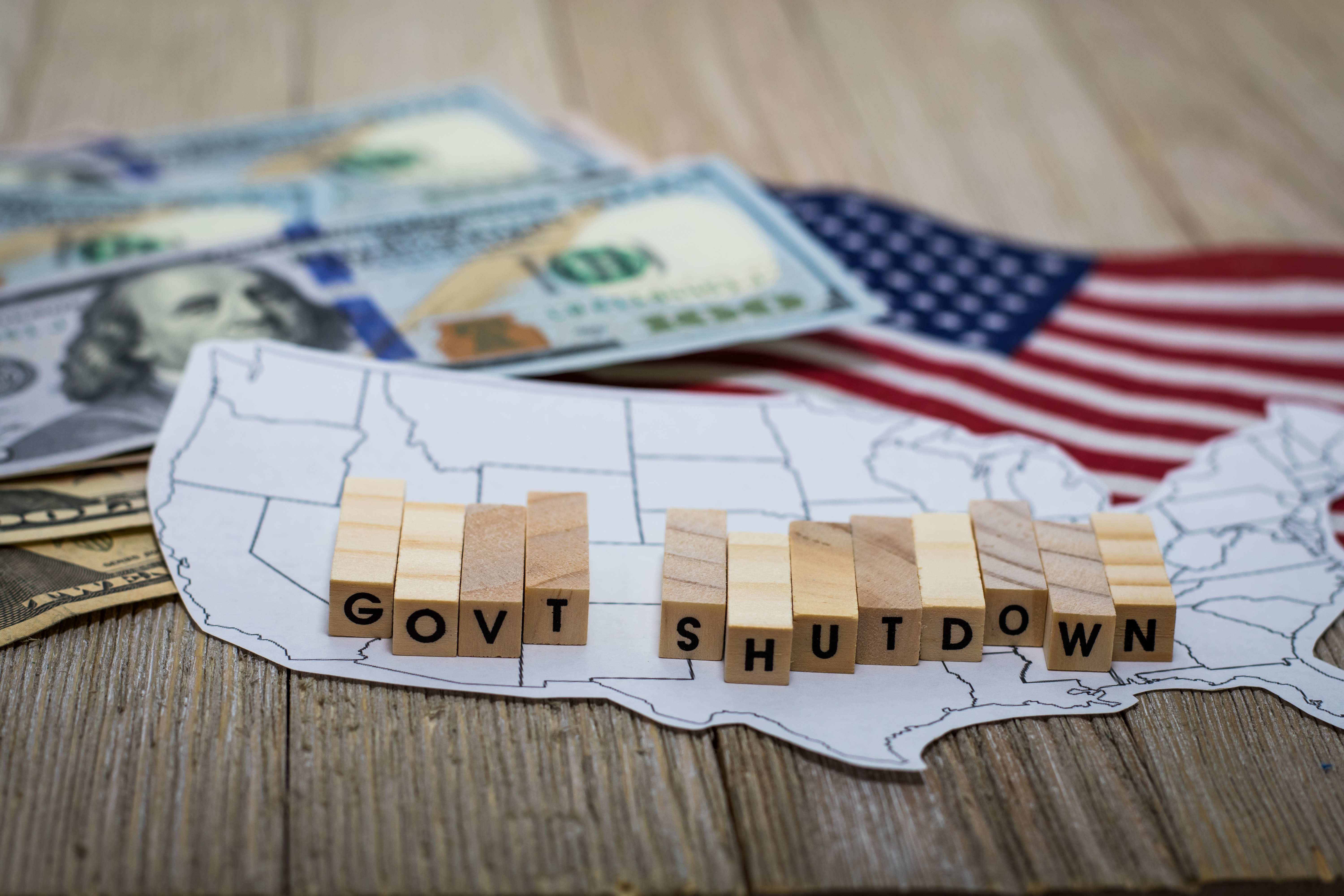The U.S. government has been shut down since Oct. 1, after Congress failed to pass a budget or temporary funding bill. Although government shutdowns aren’t common, they’re also not once-in-a-blue-moon occurrences.
This current shutdown is the country’s 20th since 1976, but the first since the government experienced its longest shutdown, which began in December 2018.
Although a government shutdown has plenty of real-world negative implications, it’s not a cause for investors to ring the alarm. Below are three reasons why investors shouldn’t panic during shutdowns.

Image source: Getty Images.
1. The market typically remains resilient
One point of relief is that the market (based on the S&P 500) typically doesn’t experience dramatic changes during a government shutdown. Here is how the S&P 500 has performed during the past 10 government lockdowns (not including the current one).
| Government Shutdown Dates | Duration | S&P 500 Change |
|---|---|---|
| Dec. 22, 2018 to Jan. 25, 2019 | 34 days | 10.3% |
| Jan. 20 to Jan. 22, 2018 | 2 days | 0.8% |
| Oct. 1 to Oct. 17, 2013 | 16 days | 3.1% |
| Dec. 16, 1995 to Jan. 6, 1996 | 21 days | 0.1% |
| Nov. 14 to Nov. 19, 1995 | 5 days | 1.3% |
| Oct. 6 to Oct. 9, 1990 | 3 days | (2.1%) |
| Oct. 17 to Oct. 18, 1986 | 1 day | (0.3%) |
| Oct. 4 to Oct. 5, 1984 | 1 day | 0.1% |
| Oct. 1 to Oct. 2, 1982 | 1 day | 1.3% |
| Nov. 21 to Nov. 23, 1981 | 2 days | (0.1%) |
From the beginning of the current lockdown to Oct. 23, the S&P 500 is up roughly 0.5%.
2. Critical economic activities keep going
Non-essential federal government agencies suspend operations during a government shutdown, but most of the economy continues to function as normal. Businesses keep operating and earning money, and people keep spending (though federal workers may slow spending due to furloughs).
Certain economic data — such as unemployment rates, inflation, and gross domestic product (GDP) growth — may not be released because the agencies that produce them (like the Bureau of Labor Statistics) are suspended, but the economy will continue to run as usual. And people receiving payments from essential services like Social Security, Medicare, or federal interest payments on U.S. Treasury bonds won’t have to worry about those being affected.
As long as companies and the economy continue to do business as usual, the stock market should remain resilient. Most investors (both retail and institutional) make decisions based on companies’ earnings, so a government shutdown shouldn’t change that.

